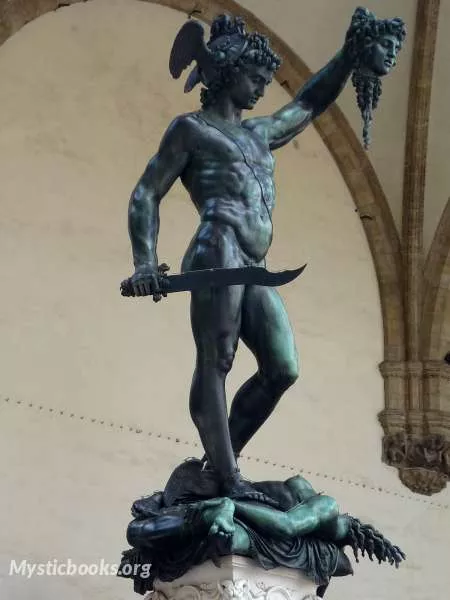
Timeline
Title
Country/Nationality
Benvenuto Cellini
Benvenuto Cellini was an Italian goldsmith, sculptor, draftsman, and artist who also wrote poetry and a famous autobiography.
He was one of the most important artists of Mannerism. He is remembered for his skill, in such pieces as the Cellini Salt Cellar and Perseus with the Head of Medusa.
Benvenuto Cellini was born in Florence, in present-day Italy. His parents were Giovanni Cellini and Maria Lisabetta Granacci. They were married for 18 years before the birth of their first child. Benvenuto was the second child of the family. The son of a musician and builder of musical instruments, Cellini was pushed towards music, but when he was fifteen, his father reluctantly agreed to apprentice him to a goldsmith, Antonio di Sandro, nicknamed Marcone. At the age of 16, Benvenuto had already attracted attention in Florence by taking part in an affray with youthful companions. He was banished for six months and lived in Siena, where he worked for a goldsmith named Fracastoro (unrelated to the Veronese polymath). From Siena he moved to Bologna, where he became a more accomplished cornett and flute player and made progress as a goldsmith. After a visit to Pisa and two periods of living in Florence (where he was visited by the sculptor Torrigiano), he moved to Rome, at the age of nineteen.
His first works in Rome were a silver casket, silver candlesticks, and a vase for the bishop of Salamanca, which won him the approval of Pope Clement VII. Another celebrated work from Rome is the gold medallion of "Leda and the Swan" executed for the Gonfaloniere Gabbriello Cesarino, and which is now in the Museo Nazionale del Bargello in Florence. He also took up the cornett again, and was appointed one of the pope's court musicians.
In the attack on Rome by the imperial forces of Charles V, Holy Roman Emperor under the command of Charles III, Duke of Bourbon and Constable of France, Cellini's bravery proved of signal service to the pontiff. According to Cellini's own accounts, he shot and injured Philibert of Châlon, prince of Orange (and, allegedly, shot and killed Charles III resulting in the Sack of Rome). His bravery led to a reconciliation with the Florentine magistrates, and he soon returned to his hometown of Florence.
From Florence, he went to the court of the duke of Mantua, and then back to Florence. On returning to Rome, he was employed in the working of jewelry and in the execution of dies for private medals and for the papal mint. In 1529, his brother Cecchino killed a Corporal of the Roman Watch and in turn was wounded by an arquebusier, later dying of his wound. Soon afterward Benvenuto killed his brother's killer—an act of blood revenge but not justice as Cellini admits that his brother's killer had acted in self-defense. Cellini fled to Naples to shelter from the consequences of an affray with a notary, Ser Benedetto, whom he had wounded. Through the influence of several cardinals, Cellini obtained a pardon. He found favor with the new pope, Paul III, notwithstanding a fresh homicide during the interregnum three days after the death of Pope Clement VII in September 1534. The fourth victim was a rival goldsmith, Pompeo of Milan.
The plots of Pier Luigi Farnese led to Cellini's retreat from Rome to Florence and Venice, where he was restored with greater honour than before. At the age of 37, upon returning from a visit to the French court, he was imprisoned on a charge (apparently false) of having embezzled the gems of the pope's tiara during the war. He was confined to the Castel Sant'Angelo, escaped, was recaptured, and was treated with great severity; he was in daily expectation of death on the scaffold. While imprisoned in 1539, Cellini was the target of an assassination attempt of murder by ingestion of diamond dust; the attempt failed, for a nondiamond gem was used instead. The intercession of Pier Luigi's wife, and especially that of the Cardinal d'Este of Ferrara, eventually secured Cellini's release, in gratitude for which he gave d'Este a splendid cup.
After several years of productive work in France, but beset by almost continual professional conflicts and violence, Cellini returned to Florence. There he once again took up his skills as a goldsmith, and was warmly welcomed by Duke Cosimo I de' Medici – who elevated him to the position of court sculptor and gave him an elegant house in Via del Rosario (where Cellini built a foundry), with an annual salary of two hundred scudi. Furthermore, Cosimo commissioned him to make two significant bronze sculptures: a bust of himself, and Perseus with the head of Medusa (which was to be placed in the Lanzi loggia in the centre of the city).
He was also named a member (Accademico) of the prestigious Accademia delle Arti del Disegno of Florence, founded by the Duke Cosimo I de' Medici, on 13 January 1563, under the influence of the architect Giorgio Vasari. He died in Florence on 13 February 1571 and was buried with great pomp in the church of the Santissima Annunziata.
Books by Benvenuto Cellini
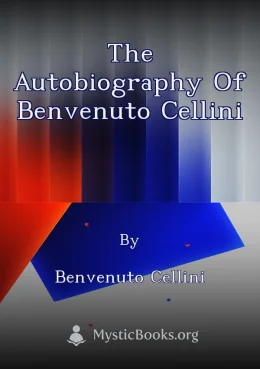
The Autobiography of Benvenuto Cellini
The autobiography is a classic, and commonly regarded as one of the most colourful; it is certainly the most important autobiography from the Renaissance.
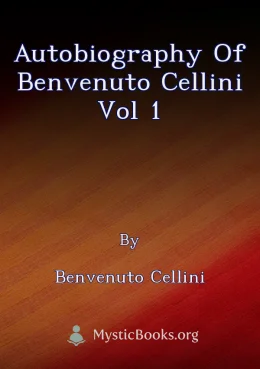
Autobiography of Benvenuto Cellini Vol 1
Benvenuto Cellini's autobiography is a vivid and entertaining account of the life of one of the most celebrated artists of the Renaissance. Cellini was a sculptor, goldsmith, and writer, and his autobiography is filled with tales of his artistic triu...
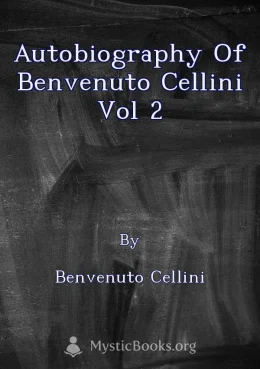
Autobiography of Benvenuto Cellini Vol 2
Benvenuto Cellini's autobiography is a captivating and often shocking account of his extraordinary life during the Italian Renaissance. A gifted sculptor and goldsmith, Cellini reveals a complex and multifaceted personality, driven by ambition, pass...
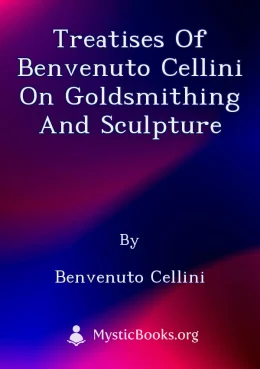
Treatises of Benvenuto Cellini on Goldsmithing and Sculpture
In 'Treatises of Benvenuto Cellini on Goldsmithing and Sculpture', the renowned 16th-century Florentine artist provides a detailed and insightful account of his artistic practices. Cellini, known for his intricate goldwork and monumental sculptures,...